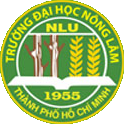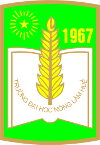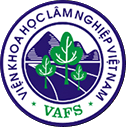The Spatially Characterized Agroforestry (SCAF) Database is a central repository of Agroforestry data collected from smallholders across Vietnam.
The collected data includes information about:
- Agroforestry sites
- Agroforestry components (tree and crop descriptions etc)
- Biophysical conditions
- Social-economic conditions
- Market information
- Related policies
- Issues, challenges and risks
This tool has been developed to assist navigation and query of the collected dataset. To start navigating the data, select the Search item in the header menu or click on any features displayed on the map.
To read more about the SCAF tool, select the About item in the header menu.
You can also read more about Agroforestry and its importance.









